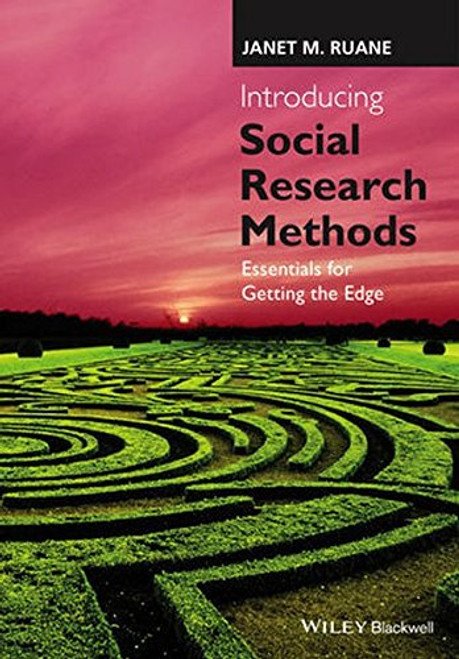Product Overview
Essentials of Social Research is a well-balanced and engaging treatment of the many facets of doing research. Capturing a trend toward the use of multiple methods and perspectives, the authors weave theoretical insights with interesting findings and applications on a variety of topics. Their use of common examples from one chapter to the next is an innovative way of conveying the value of a multi-method approach to inquiry. And, they let us in on a secret shared by many researchers, which is that research is fun and we enjoy doing it. There is something here for students across the spectrum of the social and behavioural sciences.
Daniel Druckman, George Mason University and the University of Queensland, Australia
Clearly written, well-thought out and logically organized, the book is an ideal text for all undergraduate courses. I particularly like the books thoughtful discussion of the quantitative/qualitative debate. The authors are even-handed about the strengths and weaknesses of the methods, noting that each is appropriate some of the time, neither is appropriate all of the time and the best empirical research often combines the approaches. Finally, the application problems at the end of each chapter are so well thought out that a faculty member need not spend hours developing the basic homework assignments and can focus on designing appropriate research project for the students.
Helen Roland, University of California, USA
- What is meant by the scientific method?
- How do I go about collecting data?
- Should I use qualitative methods, quantitative methods, or both?
Essentials of Social Research is an introductory text designed to provide straightforward, clear answers to the key questions students have about research methods. Written for those with no prior background in social research methodology, it covers the fundamentals of social research, including: types of research, reasoning and data, basic logic of quantitative and qualitative inquiry, major data collection strategies, and the assessment of research findings.
In addition, this handy guide:
- Offers ongoing exercises to illustrate the text material
- Covers basic critical thinking skills
- Emphasizes the complementary contributions of quantitative and qualitative methods
- Provides examples of research from published literature






